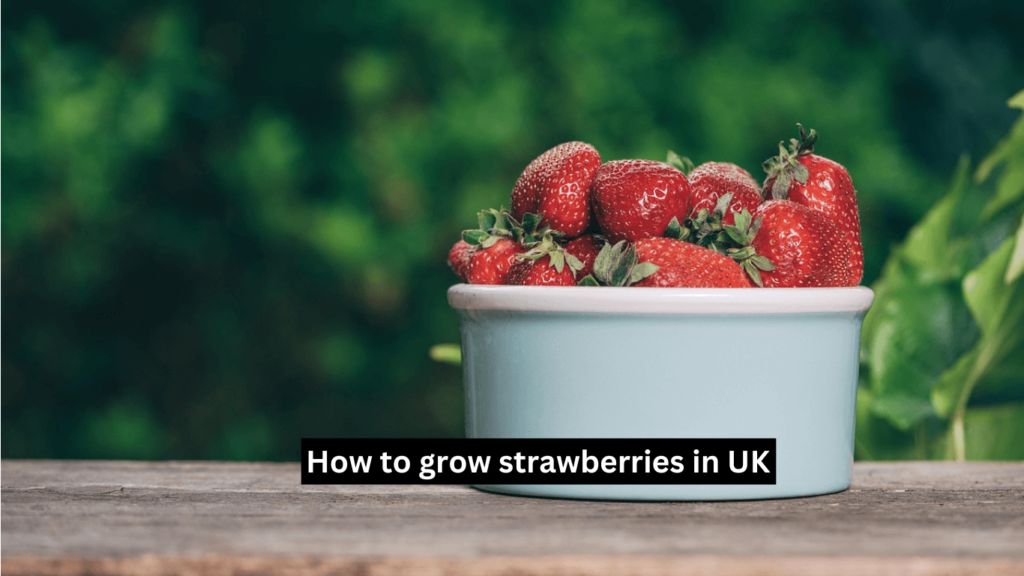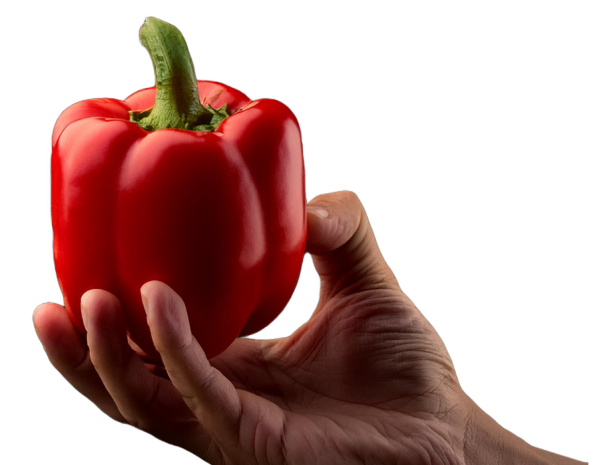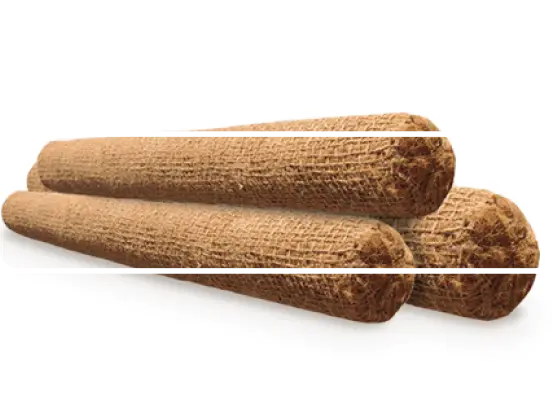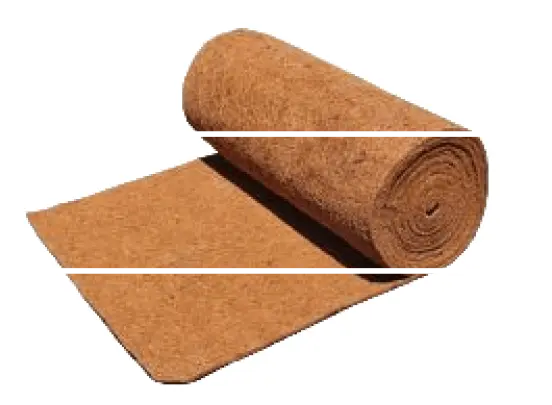
Did you know that one acre of land can grow about 50,000 pounds of strawberries? Turns out, they are the cool kids of the seasonal spring and the brightest berries of California. So if you are a die-hard fan of freshly picked berries, harvesting strawberries is one way to take your passion for taste to the next level.
Growing strawberries is time-consuming and hectic is a popular disbelief. All it takes is well-prepared soil incorporated with good-quality compost, weekly application of fertilisers and regular watering of the plants to ensure their optimal growth. You can use mulch to suppress the growth of those pesky weeds and allow a happy harvest of strawberries with proper care.
Also, it’s been observed that there’s a big catalogue of searches going about growing strawberries in UK, how deep strawberry roots grow, strawberry growth time, how big do strawberry plants grow, growing strawberries vertically and what are the requirements for its healthy harvest.
To answer your concerns and queries, here’s a simple blog on how to grow strawberries in UK and what are the essential steps you need to take to ensure a healthy harvest of strawberries.
California is the leading producer of strawberries. But just because it’s possible in California does that mean it should be the same in the UK? The answer is Yes. They are simply abundant and can be grown almost anywhere in the UK throughout mid-spring or late summer/early autumn.
What most people don’t realize is that growing strawberries even within the right season has its own set of guidelines. Here are some things you need to consider:
Strawberries in the summer era? It’s definitely a dreamy and tasty delight for everyone. A fresh-cut strawberry on your favourite dessert is a treat many can’t ignore. Also at some point, many of us have become suspects to off-flavoured and oddly acidic store-bought strawberries.
So, why don’t we stop relying on failed store-bought strawberries and start growing fresh batches of berries for ourselves? To make the process of growing a strawberry garden easier for you, here are 8 steps coupled with deep insights on growing strawberries in uk, strawberry growth time and how big strawberry plants grow in the right season.
Different Strawberries come with a punch—which means they come in varieties that match well with seasonal needs. They mainly come in three types.
Summer fruiting strawberries: Varieties grown around May and June are particularly special because they yield a large amount of produce and are usually season-friendly. You can expect a blast of sweetness and freshness from these varieties. You can call it the season of heavy harvest for both home gardeners and commercial planters. Varieties such as ‘Honeoye’ and ‘Clery’ are the most popular during this time.
Perpetual Strawberries: A steady supply of strawberries in the market is non-negotiable in the commercial sector. For the same reason, farmers often rely on varieties such as Quinault, Albion and Seascape to keep them available even after summer. They are called everbearing strawberries because they remain resistant and capable of retaining their special sweetness despite being compact and smaller in production.
Alpine strawberries: Hardstuck on maintenance concerns? Switch to diversified options. Also known as wild or woodland strawberries, they hold the charm of being less is more. You can also find the varieties of Fragaria vesca in red, green and white. While they remain as small as 1 gram, the flavours are quite intensive and flavoursome. Alpine strawberries come in the form of runners or other edgier forms.
Two simple rules, healthy soil and weed control. As you begin digging up the soil, make sure you have a well-prepared compost or manure prepared beforehand. Most farmers use U-shaped pieces of wire and cut holes in them to make sure that the plants get the right amount of moisture and nutrients they need for safe and sustainable growth. This is a step that addresses the common concern of how deep strawberry roots grow and why it is important to maintain the health of its shallow roots. Therefore a biodegradable weed membrane is ideal to prevent to help those roots stay strong and resistant to rotting.
Strawberries in its three varieties, summer-fruiting, perpetual, and alpine strawberries have a distinct variety of growth patterns. They either grow as runners with long stems or in a diverse form of Alpine strawberries. If you are looking forward to planting the seeds outdoors, a temperature between 18–21°C (65–70°F) supports the germination of seeds. Alpine strawberries’ germination process is relatively slow but can be managed with the right cultivation methods. The process of stratification, where seeds are refrigerated for 3-4 before planting them, is also an effective practice to sustain its growth even in cold and adverse weather conditions.
Strawberries are your best companion, both indoors and outdoors. They easily and happily adapt to nearly any container and can thrive in a variety of spots within your vicinity. Based on your requirements you can grow them in rows of beds and patches or simply grow them variety of containers like large pots, grow bags, hanging baskets and window boxes. The different methods of growing plantations include:
Strawberries are the champions that thrive on rich and fertile soil. Due to the nature of their shallow roots, they grow and thrive in conditions requiring more sun and less shade. Firstly start by digging space deep enough for the water to reach the soil, but not too deep for the plant to die out and rot. Make sure that the plants maintain space around 5–40cm (14–16in) apart and 75–100cm in rows. Also, do not forget about laying out a mulch to keep your plants clean from frost during autumn/winter.
Strawberries in containers represent elegance and functionality. Visually, it is divine and almost impossible to ignore due to its aesthetic beauty. Maybe you want to grow them as a note of gratitude to nature, or you prefer to take the route of convenient gardening choices; it boils down to flexible gardening that meets all needs. You can find various types of containers like pots, grow bags, hanging baskets, troughs and tubs, effective for cultivating rich, ripe and flavourful berries. So grab a pot you like, preferably a larger one, and fill it up with good-quality compost with enough and accommodate space for the crown. So place them in a good sunny spot, a space good enough for your little plant to breathe and water regularly.
Want to enjoy and taste strawberries during the vacation? Yes, it is possible to grow strawberries as early as late April. Varieties such as ‘Honeoye,’ ‘Rosie,’ ‘Royal Sovereign,’ and ‘Tamella’ can grow well in an unheated greenhouse or cold frame. However if you are considering growing them outside, you have to cover them with cloches for increased humidity, protection from pests and resistance from rain. You can also pollinate the plants with a soft toothbrush or take the clothes off in the daytime to attract bees.
Ever pondered over how to grow strawberries vertically? Just find something for your plant to climb on. Typically, a trellis is a reliable option for good support but you can opt for aesthetically contrasting options like Caskets to hang them in heights. Other materials that support the vertical growth of strawberries also include mounted gutters on walls, PVC pipes, or DIY solutions that use items like plastic bottles.
Strawberries are sensitive creatures—even though they’re not creatures by default meaning, their sensitivity to sudden changes in weather or watering patterns has a lot to do with our plant care routine. One cold snap is all it takes to turn the leaves dull and make the blossoms look brown and wilted. This usually happens because of frost, and you should take active precautions to protect those plants at all costs.
Even extreme heat is not favourable to its state and therefore it is recommended to protect your plants with a lightweight cloth or use fresh straw mulch for insulation.
Here are two things you need to consider while taking care of your strawberry plants–
a) Strawberries can’t sustain frequent dry spells. They survive well in moist conditions and it encourages root growth. Generally, they require up to 1 to 1.5 inches of water per week or it can vary according to the type of soil used for the plantation.
b) Watering on the crown of the plant is a rookie mistake. The consequences manifest in the form of fungal problems. You must also check in with the space and temperature to avoid powdery mildew and grey mould.
It’s only a rewarding harvest until and unless all the nutrient requirements are met. This means that fertilizers rich in nitrogen, phosphorus, and potassium are the standard and they should be applied at the base part of the plant. Mix your favourite yet suitable fertilizer with the soil and let nature do its magic. Fertilization should be practised every 1-2 weeks during the growing season.
For people who are growing strawberries in grow bags and pots, you can use up to a quarter to half a handful of granular fertilizer and apply them evenly on the surface of the soil. Apply the fertilizer to each grow bag or pot carefully in such a way that they do not come in direct contact with the leaves of the plants. You may also take the assistance of a gardener to avoid any type of mistake associated with the process of fertilization.
You already know when the strawberries turn red and plump, it’s time to pick them up. They turn out so well that you may find birds and insects scouting for your fruit. So pick your fruits up right away and don’t let them overripe on their own. You can enjoy your cherry treats right away on the warmest days or you can store them in freezers for later use. A fresh batch of strawberries is definitely a go-to homemade meal, especially if you are someone who enjoys a thick smoothie for breakfast.
Are those strawberry runners taking up space? Or do you feel completely clueless about how to start a fresh batch after being inspired by your latest harvest? We’ve got you covered! Firstly, try and recognize strawberry plant runners that are too close to other plants and are not attached to the main plant. These runners are required to be removed to ensure that there is space for other healthy plants to grow.
In the case of strawberry plants grown in continuous rows, a gap between each of the rows is mandatory to manage harvest and weeding. All summer-bearing strawberries should have their leaves trimmed up to 4 inches to facilitate growth for the next batch. You may also replace the strawberry mulch and allow birds to feed off the remaining pests.
There’s no such thing as “completely safe cultivation” because the livelihood of crops depends on the various factors related to climate and method of planting. For the most part, it has a lot to do with our efforts of timely interventions and providing the right nutrients for healthy root growth. Even after following all the protocols of safe cultivation, it is also essential to keep an eye on your harvest as it is still prone to various external risks if not taken into consideration.
Here are some post-harvest guidelines you should prioritize to keep your cultivation concerns at bay:
The soil is an open playground for various pests and the Weevil Larvae are the main culprits of root attacks. This is because they mainly feed off the dirt in the soil and they tend to create their burrows within the spaces of containers or biodegradable mulches of the strawberry plants. Sometimes the damage from these pests can be unknown at first glance because they are usually hard to spot. Therefore it is always important to closely monitor your pots and containers for any infestation before they become a nuisance to your plant. However, if you’re already stuck in this larvae mess, your worm friends are here to save the day. Worms like nematodes can help you hunt down those larvae as it is their food source for the day.
What differentiates a strawberry from a normal human being? They are prone to diseases just like us but in the case of your green friends, they do not go on their own. A plant with a disease cannot rely on natural recovery. It is every farmer’s worst nightmare and the dead end to various cultivations. Plants exposed to viruses from pests don’t produce a healthy harvest and even trying them for a taste is highly risky to our health. So to protect your plant from the worst-case scenario of powdery mildew or infestation, the best act of prevention is to do the basics –allow air circulation between plants in each row, stop over-watering the leaves, and trim away the excess leaves. Insecticidal soap or beneficial insects like ladybugs can also help you stay in control of the insects or pests surrounding the harvest.
Your strawberries have a big fan base and humans are not the only ones on the VIP list. Therefore to save your ticket of having tasty and healthy strawberries for yourself, you need to keep your defenses strong and your eyes open to all sorts of threats from birds and squirrels. The best control measure you can take care, setting up nets, wire mesh and copper wires to repel slugs.
Growing strawberries at home is a great way to treat your tummy for a lifetime. They are pretty beneficial to your health and your home due to the fact that they are nutrient-dense and packed with vitamin C, fibre, antioxidants and folate to safeguard your immunity. They are fresh and organic for consumption if their growth is not supported by excessive chemical fertilization.
No one can argue that homegrown strawberries also taste much better and richer. If you grow them for yourself you can witness the difference between a fresh batch and a store-bought strawberry which was refrigerated for a long period.
In addition to their major health benefits, growing strawberries also provides a sense of accomplishment and promotes spending time with nature. The process is leisurely and has been known to reduce stress to significant levels. It is almost the trend to grow Strawberries even within small spaces such as containers, strawberry grow bag, raised beds or vertical baskets, making them suitable for basic beginners and those who have limited garden space in their vicinity.
Growing strawberries can also help you save money on groceries. This is because these plants can produce abundantly season. Strawberries are the best and the most yet fruitful crop. It is the perfect add-on for happiness and health. They are the best choices for your consumption lifestyle and they find their way through jams, desserts, and salads.
Strawberry roots are short and cure. They grow to 12 inches (15 to 30 cm.) deep. The roots are usually shallow and the plants need well-drained soil followed by regular watering.
Strawberry plants grow to about 6 to 12 inches and maybe even 18 inches wide. They form runners that grow outward and stem from the main plant.
Strawberries are the ones that survive best in well-drained and fertile soil. They grow out well in sunshine and survive well in warmer climates. They are mostly grown in gardens, raised beds, and containers in many regions of the world.
Growing strawberries is a much appreciated beautiful experience for both beginner and experienced gardeners. They are easy to grow and are shallow-rooted by nature. You can make the best out of their harvest using well-drained and fertile soil followed by consistency in irrigation.
Strawberries are also a healthy alternative for sweet tooth. They are the definition of tasty organic berries and come with the advantage of being rich, fresh, and filled with vitamin C, fibre, and antioxidants. When grown at home, these berries taste even better since they do not ripen off the plant as is the case with most commercial berries.
This, however, is not enough to grow strawberries, as the success of planting also depends on the planting mediums and soil amendments used in the process. Coir-based substrate products are particularly interesting for strawberry growers, as they possess the necessary water-holding capacity, permeability, and better aeration, thus helping the shallow roots of the strawberry plants to efficiently anchor into the growing substrate.
To ensure the best results, choose the best products from Coir Media, the best coir products manufacturer for organic and safe strawberry farming in UK.

Mathew is a product designer and engineer at Coirmedia, where he combines his passion for sustainability with his design and engineering expertise. He develops innovative coir products that are not only functional but also eco-friendly. Driven by a desire to share his knowledge, Neil is passionate about writing and teaching, aiming to educate others about his ideas, innovations, and the technology behind them.


CoirMedia (UK) Pvt. Ltd
85 Great Portland Street,
First Floor, London,
United Kingdom





